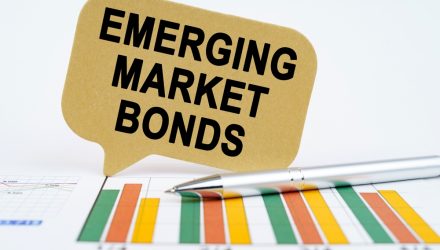Central banks in emerging market (EM) countries are already cutting rates, supporting the case for investor allocation into the emerging markets bonds space. For an easier alternative, exchange traded funds (ETFs) could provide an ideal solution for broad exposure.
If developed markets (DMs) are still fighting off the effects of inflation, it begs the question: What did EM central banks do better than DM central banks? An Institutional Investor article shed some light on the answer, noting that EM countries, in addition to improving debt metrics and economic growth, “were also quick to begin hiking rates relative to the rest of the world.”
“In some countries, such as Brazil and Mexico, inflation has fallen and central banks are already cutting rates,” the article added, noting that debt restructurings in various countries like Zambia, Ghana, and Sri Lanka are also improving growth prospects for the EM space.
A Janus Henderson report noted that “while there is still a long road ahead before these countries can regain market access, recent progress bodes well for future restructuring processes. The risk of broader contagion from distressed countries to the broader emerging markets asset class is, in our view, limited.”
Indeed, the past few years have been a rocky road for EM, particularly when the COVID-19 pandemic hit. While EM did stage a brief comeback as the pandemic evolved, a strong dollar and rising interest rates relegated that rally to temporary status.
Now, with improved investor sentiment in a broad equities rally, EM assets are seeing interest again. One area, in particular, is EM bonds.
Getting Active With EM Bonds
Given the vast opportunities in EM bonds and the various strategies that can be implemented, there’s a simple solution worth considering: the American Century Emerging Markets Bond ETF (AEMB). The fund uses active management to deliver high levels of income and attractive risk-adjusted returns over a full market cycle with a low 0.39% expense ratio.
In terms of holdings (over 140 of them), investors will see a mix of debt in corporate, sovereign, and quasi-sovereign. This gives AEMB a dose of diversification while maximizing yield at the same time — a top-of-mind subject, especially if rate hikes start to fall and yields follow suit.
As of July 31, AEMB features a 30-day unsubsidized yield of about 7.29%, while its 12-month distribution rate, again as of July 31, is 5.73%. In terms of duration (option-adjusted), it falls within the intermediate range of 7.32 years.
For more news, information, and strategy, visit the Core Strategies Channel.


